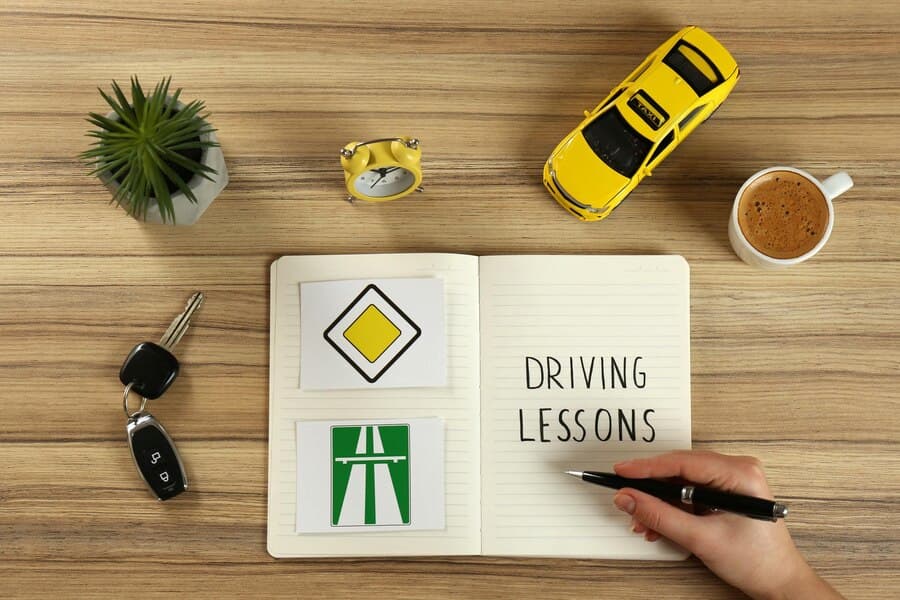A dependent events diagram is a helpful way to show how certain events depend on each other. When one event’s outcome affects the next, it’s called a dependent event. By using a dependent events diagram, we can see the connections and understand how one step influences the following ones.
Learning about dependent events diagrams can make understanding probability easier. These diagrams help us visualize events that are linked, like drawing cards from a deck without putting them back. Each draw changes the chances for the next, making each step depend on the last. This blog post will help you explore how dependent events work and why diagrams make them simpler to follow.
What is a Dependent Events Diagram
A dependent events diagram is a way to show events that rely on each other. When two events are linked, one event’s result can affect the chances of the next event happening. This means that the first event changes the outcome of the second event, creating a dependency between them.
Diagrams can be a great way to see how these events work together. Instead of looking at each event alone, we can connect them to see how they affect each other. For example, picking a colored ball from a bag without putting it back changes the chance of what you pick next.
By using a dependent events diagram, we can learn more about probability. Each step in the diagram is part of a connected chain, showing how one event leads to the next. This chain helps us understand why each event matters and how they depend on each other.
Why Dependent Events Diagrams Are Important
Understanding dependent events diagrams can help in real-life decisions. When events depend on each other, like pulling cards from a deck without putting them back, the first event changes what happens next. This kind of thinking is useful in games, science, and even planning.
Diagrams make it easier to learn about probability by showing how events affect one another. By seeing this chain, we can see why each step matters in making choices. This way, diagrams help us avoid mistakes when we think about what might happen next.
With these diagrams, students can learn more about how events work together. They get to see why one event might change the chances of another happening, making math and logic easier to understand.
Creating a Dependent Events Diagram for Simple Examples

Starting a dependent events diagram is simple with easy examples. One example is drawing items from a bag without putting them back. Each draw changes the odds of what will be picked next, which is a perfect case of dependent events.
First, think about the items involved. Let’s say there are three blue balls and two red balls in a bag. When one ball is picked, it affects the number left for the next draw. A dependent events diagram shows this by tracking each draw step-by-step.
Using this diagram can help make sense of how dependent events work. The steps in the diagram show how each draw affects the outcome, letting us see exactly why each pick matters for the next.
Difference Between Dependent and Independent Events
Dependent events are different from independent events, and a diagram can help show the difference. In dependent events, each step changes what comes next, while independent events do not affect each other. For example, flipping a coin each time has the same chance, making it an independent event.
In a dependent events diagram, you see one event linked to the next. Each event has a path showing how it affects the following steps. In independent events, however, each flip or roll stands alone without changing the next one’s chances.
This difference is key in understanding how events interact. By learning about both types, we get better at knowing when events depend on each other and when they don’t, making diagrams an important learning tool.
Using Dependent Events Diagrams to Understand Probability
A dependent events diagram is very helpful for learning about probability. With these diagrams, students and readers can follow each event and see how it changes the next. When events depend on each other, diagrams show this by creating a clear pathway.
Probabilities change in dependent events, unlike in independent events. Each step changes the overall chance, showing how the start of one event affects the ending of another. By following this, we can predict better and make more accurate choices.
These diagrams make probability less confusing by visualizing each stage. They create a map of events that depend on each other, making it clear how each event influences the next in line.
Dependent Events Diagram vs. Independent Events Diagram

Dependent events diagrams are different from independent events diagrams in many ways. A dependent events diagram shows a chain of events that affect each other, while an independent events diagram shows events that do not affect each other at all.
With a dependent events diagram, each step links to the next, forming a path. For example, if you draw cards from a deck without putting them back, the remaining cards change the chances of what comes next. In an independent events diagram, like rolling dice, each roll stays the same without affecting the next.
By comparing both diagrams, it becomes easier to understand how these events work. Each type of diagram helps to see the difference between events that are connected and those that are not.
How to Draw a Dependent Events Diagram for Beginners
Creating a dependent events diagram is easy with simple steps. Start by listing the events you want to show in the diagram. Each event should affect the one that follows it. For instance, if you draw colored balls from a bag without putting them back, the first draw changes what’s left for the next.
After listing the events, connect them in order. Use arrows or lines to show how one event leads to another. This helps visualize the dependency and shows how each step impacts the next. For beginners, using colors or labels can make the diagram even clearer.
These steps create a diagram that explains how events rely on each other. By seeing each stage, we understand how the sequence unfolds, making dependent events easier to learn and predict.
Examples of Dependent Events in Everyday Life
Dependent events are common in everyday life, and diagrams can help show these connections. One example is drawing items from a bag, where each draw affects what comes next. If you don’t replace items after drawing them, the remaining options change with each step.
Another everyday example is arranging seating at a table. If one person sits down, it changes where others can sit, as each choice depends on the previous one. A dependent events diagram would show these steps in order, helping to explain the choices.
Understanding dependent events through real-life examples makes it easier to relate to diagrams. By seeing common situations in diagram form, we learn how small choices impact future ones.
Using Dependent Events Diagrams to Solve Math Problems

Dependent events diagrams are useful tools for solving math problems that involve probability. When events rely on each other, each step impacts the next, and a diagram can help track these changes. This makes it easier to see the overall outcome.
When solving probability problems, start by drawing each event and connecting them in the correct order. This shows how each event changes the probability for the next one. For example, if you are choosing cards without replacement, each choice affects the next.
Diagrams provide a clear visual path for solving math problems. They make it simpler to follow each step, reducing confusion and helping us make better predictions about the outcomes.
Conclusion
In summary, a dependent events diagram is a useful tool for showing how events rely on each other. By following each step in the diagram, we can see how one event affects the next, making it easier to understand connections. Diagrams like these help us learn about probability and make better choices in everyday situations. They are simple to draw and can show the order and impact of each event clearly.
Using dependent events diagrams in learning and decision-making can be very helpful. They give us a clear picture of how events are connected and help us avoid mistakes by showing each step’s effect. Whether in school, planning, or solving problems, these diagrams make understanding complex ideas simpler and more fun.
Read More: spelling-bee-buddy




